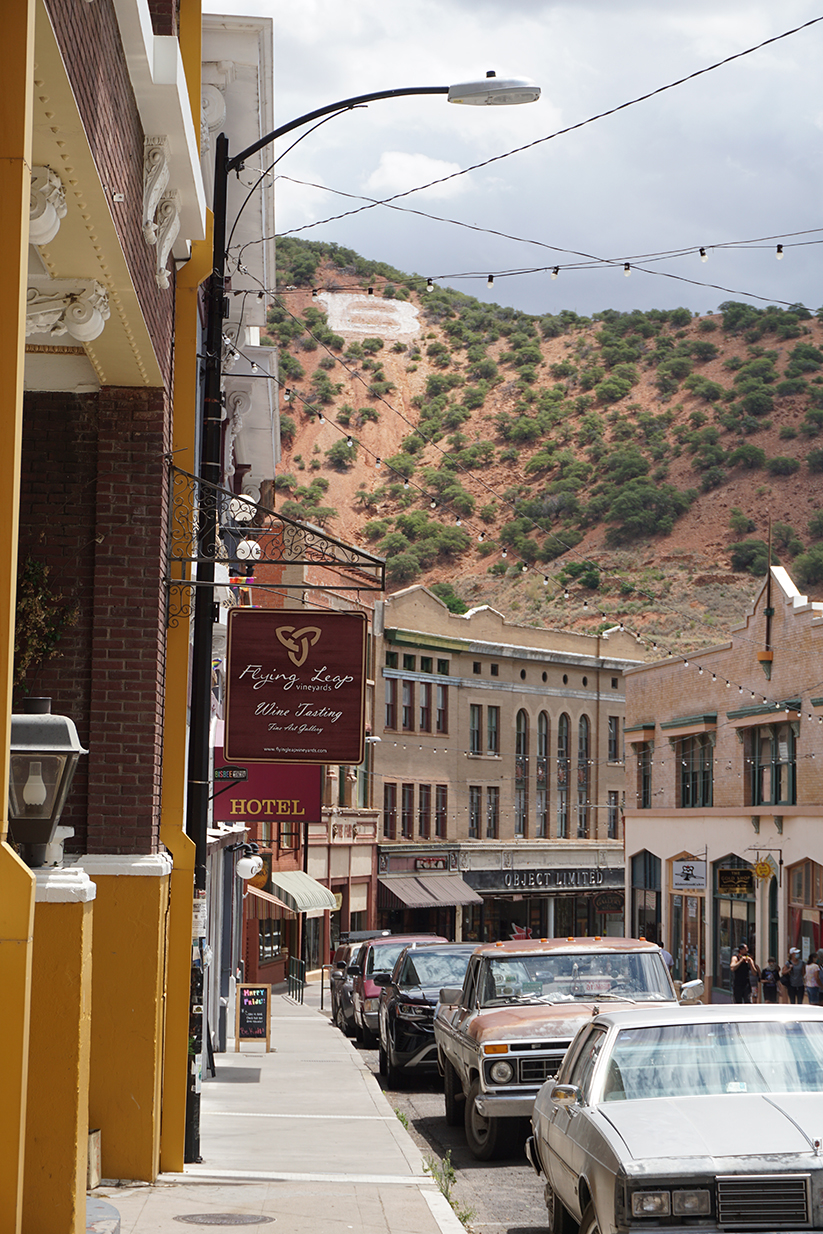Grad student Melissa Church and her thesis on a town that reinvented itself
Melissa Church is planning to finish her graduate work this semester with a thesis on Bisbee, Arizona, a little town close to the Mexican border and built up into the Mule Mountains. Bisbee was an active copper-mining town that bloomed during the World War II era. However, the mine, which had various owners, closed in 1974/75 after a 20-year decrease in production.
Things were so bad, The Copper Queen Hotel, a still-operational lodging facility complete with ghosts, was put on the market and sold for $1 to the city. The community went through an economic tumble. The transformation — the change, the growth, the determination of the people to make it rise again — is the premise behind Church’s thesis.
It’s the reinventing of oneself and the drive to survive. - Melissa Church
“It’s the reinventing of oneself and the drive to survive,” explains Church. “I’d like to learn about how influential people can be in whatever level they are at — the business-owner level, or the city hall level, or just every level of city government. It took everyone to change the town’s identity and to build a revenue stream.
“Bisbee was faced with a decision — to potentially become a ghost town or adapt.”



